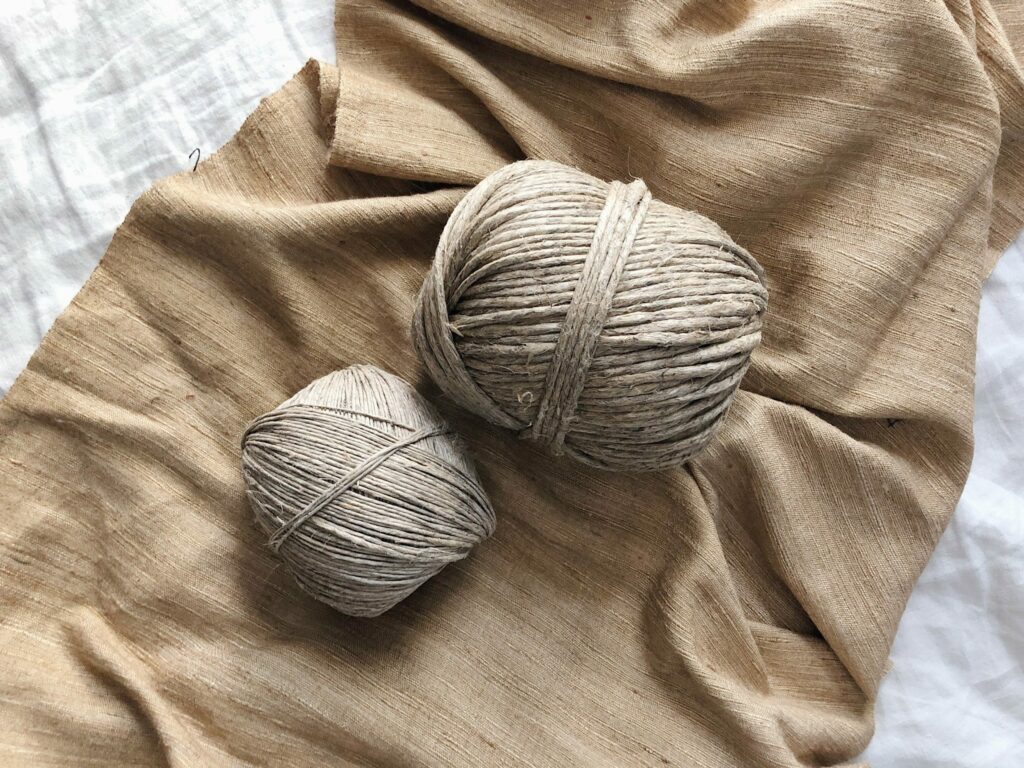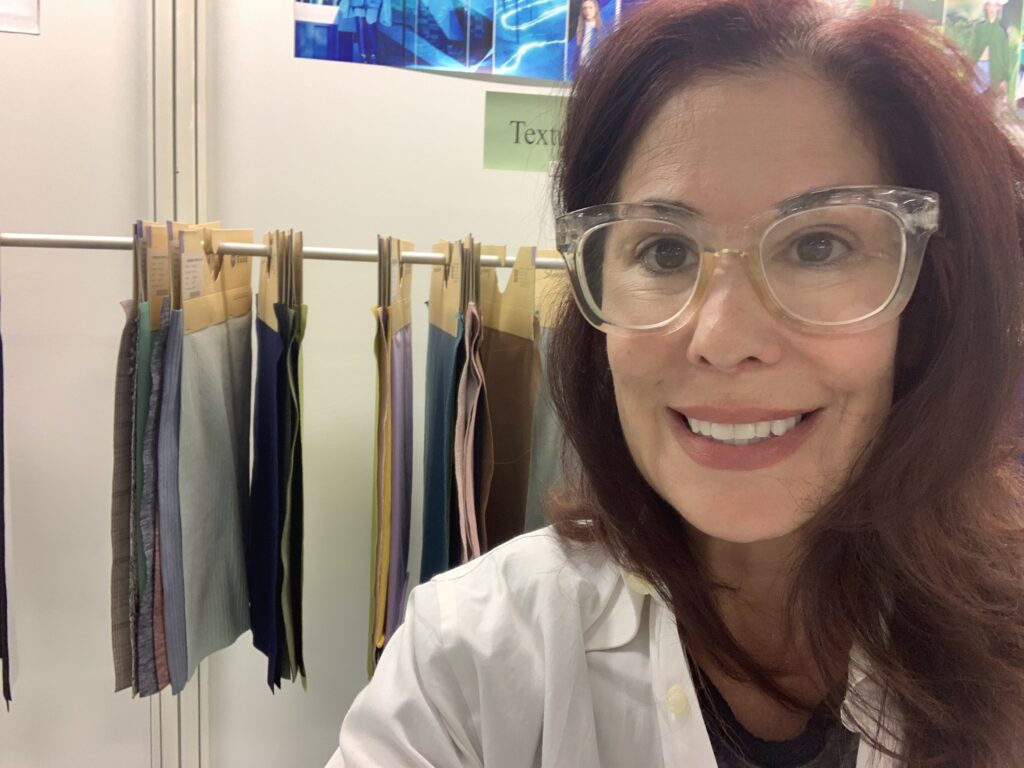Hemp Fabric 101

Hemp fabric: a market outlook
Hemp is one of the first fabrics spun into usable fiber, with archaeologists dating artifacts from as long as 10,000 years ago. Its use as a textile was widespread throughout the world, used consistently on every continent for centuries as clothing and for industrial applications such as ropes on ships.
The United States was part of hemp’s global history from as early as Colonial times. Some of the country’s most famous forebearers, including Thomas Jefferson, George Washington, and multiple U.S. presidents, were known to have grown hemp on their farms. In fact, the U.S. constitution is written on hemp paper, and Betsy Ross made the first U.S. flag using hemp fabric. The crop was very common throughout America for its industrial applications, and particularly useful for making rope and other textiles.
It was only the Marihuana Tax Act of 1937 which slowed down hemp’s usage in everyday products in the U.S. There was a brief revival of hemp’s use to support the war effort during World War II; the Hemp for Victory campaign encouraged farmers to grow help to develop textiles for the war effort. However, that program did not last beyond the end of the war.
Today, hemp fibers are more sophisticated than ever before, blended with cotton, linen, and silk. Hemp’s long fibers are naturally stronger and last longer, increasing the longevity of the fabric blend. The 2018 Farm Bill further renewed America’s interest in hemp farming by de-scheduling the crop altogether. As a result, industrial hemp programs are cropping up throughout the country, with states like Colorado, Kentucky, and Oregon leading the way. Fashion isn’t being left behind, either: brands like Levi’s, Eileen Fisher, West Elm, and Patagonia are incorporating hemp fabric into their lines of clothing, bedding products, and more. This renewed interest is breathing new life into industrial hemp, as it allowed for researchers to begin working with the plant without federal interference. Hemp is a regular commodity once again!

A brief history of hemp fabric
The first uses for hemp textiles date back millennia, with archaeologists dating artifacts found in Japan and China to between 5000 and 8000 BCE. Its use as a textile was widespread throughout the world, used consistently on every continent for centuries as clothing and for industrial applications such as ropes on ships.
The United States was part of hemp’s global history from as early as Colonial times. Some of the country’s most famous forebearers, including Thomas Jefferson, George Washington, and multiple U.S. presidents, were known to have grown hemp on their farms. The crop was very common throughout America for its industrial applications, and particularly useful for making rope and other textiles. It was only the Marihuana Tax Act of 1937 which slowed down hemp’s usage in everyday products in the U.S. There was a brief revival of hemp’s use to support the war effort during World War II; the Hemp for Victory campaign encouraged farmers to grow help to develop textiles for the war effort. However, that program did not last beyond the end of the war.
Today, industrial hemp programs are cropping up throughout the country, with states like Colorado, Kentucky, and Oregon leading the way. The 2014 “Farm Bill” defined industrial hemp as different from still-federally-illegal marijuana by capping its tetrahydrocannabinol (THC) content at a barely-detectable 0.3%. This breathed new life into industrial hemp, as it allowed for researchers to begin working with the plant without federal interference. In addition to the 2014 Farm Bill, dozens of states run their own industrial hemp farming programs. The 2018 Farm Bill further renewed America’s interest in hemp farming by de-scheduling hemp altogether, which makes the plant a regular commodity once again.

The sustainability of hemp
As hemp’s legal status improves in the U.S. and around the world, many industries are seeking to innovate with it because of its environmentally-friendly status. Hemp’s sustainability makes it an appealing material for many industries, including for hemp fabric. A quick-to-harvest crop that excels in many environmental conditions, hemp requires less fertilizer and water than cotton or other natural fibers. It can be grown close to the manufacturing centers, decreasing both turnaround time and the environmental impact of shipping raw material to processing centers. Its fast grow period means that it takes less time to replace, making it an ideal replacement for materials made from trees, animals, or other harder-to-renew resources.

Hemp fabric’s unique qualities
Hemp fabric is widely celebrated for its many unique qualities and competitive advantages, including:
- UV protection: Hemp is naturally resilient to the sun’s rays. This provides an added layer of protection in hemp clothing, as well as makes the fabric less likely to fade or weaken in sun-prone areas, such as window curtains or bedspreads.
- Antibacterial: Mildew and bacteria do not thrive in hemp fabric like they would another type of fiber. This makes hemp fabric an ideal textile for workout gear, undergarments, socks, and other sweat-prone items.
- Breathability: Like linen, hemp fabric allows for airflow, perfect for staying cool in warm weather. On the same token, hemp is an excellent insulator, which helps to retain warmth during colder months.
- Durability: Hemp fabric is stronger than its cotton counterpart, holding up for years against tough conditions and long-term wear or use.

Visit the FAQ page to learn more about hemp, the wonder fabric.

Get to know Grassroots Textiles founder Lisa Bovino!
Book a Consultation
Learn how hemp textiles can bring your brand to the next level.